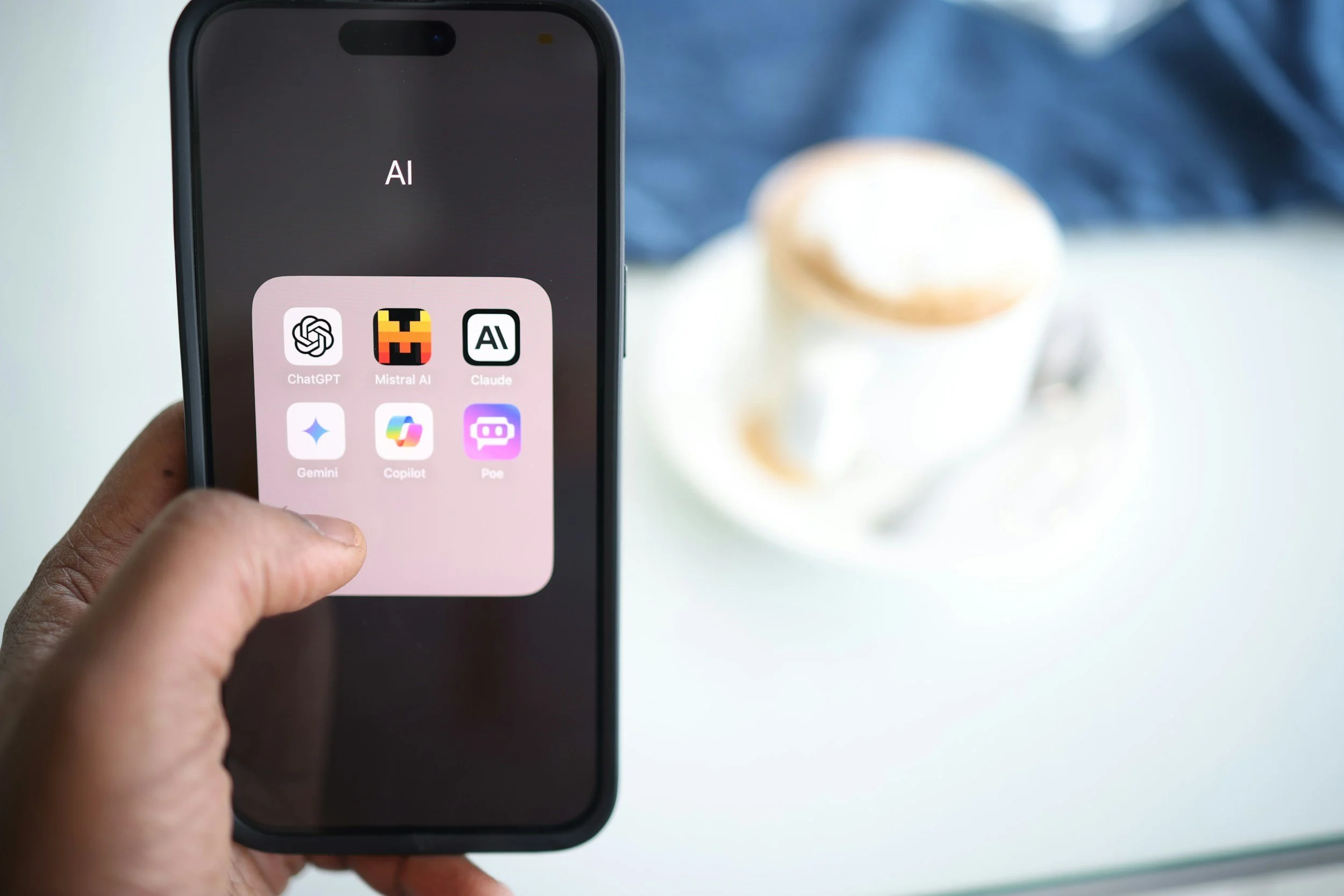Unlocking the Google Ad Grant: Smart Targeting in an AI-First World
Your nonprofit’s Google Ad Grant is one of the most powerful digital marketing tools at your disposal: $10,000 a month in free advertising to connect with supporters, drive awareness, and advance your mission. But for many organizations, it can feel like a black box. You set up your keywords, the ads run, and you hope the right people find you. 🤞
In 2025 (and almost 2026!), that approach is no longer enough. Google's advertising landscape is undergoing a massive shift, driven by artificial intelligence. Targeting is smarter, more automated, and less about individual keywords than ever before. While many of the advanced conversations around this shift are tailored to for-profit brands with huge budgets, the core principles are not only relevant but revolutionary for the Ad Grant.
This post will break down the key lessons from Google's latest targeting updates and show you how to apply them directly to your Ad Grant, helping you connect with more of the right people—all within your existing free budget.
Go Beyond Keywords: Find Your People, Not Just Their Searches
Traditionally, the Ad Grant has been all about keywords. If you’re an animal shelter, you bid on "animal shelters near me" or "adopt a dog." This is effective, but it only captures one group of people: those who are actively searching for you right now.
The real opportunity lies in reaching your ideal supporter: the person who deeply cares about your mission but isn't necessarily searching for your services today. Think of it as two overlapping circles: one is "people looking for your offer," and the other is "people in your target audience." The Ad Grant excels at the first; a smart strategy helps you reach the second.
Practical Steps for Your Ad Grant:
Explore Adjacent Interests: Think about what your ideal supporter cares about besides your direct services. If you’re that animal shelter, they might be searching for "local dog parks," "best pet-friendly apartments," or "how to volunteer with animals." By creating campaigns targeting these broader mission-related searches, you can introduce your organization to a passionate, pre-qualified audience.
Use Audience Signals: While the Ad Grant is keyword-focused, you can still provide hints to Google's AI about who you want to reach. Explore Google's "Affinity" and "In-Market" audiences to see what profiles align with your supporter base. For example, an environmental nonprofit could observe how users in the "Environmentally Conscious Consumers" segment perform, giving Google valuable data about who to prioritize.
Protect Your Grant: The Power of Smart Exclusions
Just as important as telling Google who you want to find is telling it who you don't. Every irrelevant click on an ad costs your grant money that could have been used to reach a potential donor or volunteer. This is where exclusions become your best friend.
Practical Steps for Your Ad Grant:
Exclude Irrelevant Demographics: If your services are only for a specific age group or your physical location only serves a specific geographic area, add those as exclusions. Don’t spend your grant budget showing ads to people who can’t use your services or support your local cause.
Exclude Past Converters: One of the most common and wasteful mistakes is continuing to show ads to people who have already taken your most important action. If someone has already signed up for your newsletter or made a donation, exclude them from that specific campaign. Don’t spend money asking for something they’ve already given.
Let Your Creative Be Your Compass
There's a saying in the advertising world: "Creative is your targeting." Even with the broadest targeting, the words and messages in your ads act as a powerful filter, attracting the right people and repelling the wrong ones. A generic ad will attract generic clicks; a mission-driven ad will attract mission-driven supporters.
Practical Steps for Your Ad Grant:
Lead with Your Mission: Your ad copy should be infused with your unique impact. Don’t just say "Animal Shelter in Arlington." Say "Give a Shelter Dog a Second Chance. Adopt Today." Connect every ad back to the "why" of your organization.
Use Strong Calls-to-Action (CTAs): Be explicit about what you want the user to do. "Learn More" is fine, but "See Adoptable Dogs," "Sign Up for Updates," or "Support Our Mission" are far more compelling and help qualify clicks. This is a key strategy for building your email list with your grant traffic.
Leverage Ad Extensions: Use sitelinks, callouts, and structured snippets to make your free ad bigger, more informative, and more engaging. Extensions give you more real estate to share key information, like your nonprofit status, specific programs, or volunteer opportunities.
Teach the AI: How to Make Your Grant Smarter
Google's AI is a powerful student, and your Ad Grant account is its classroom. It learns from the data you provide and the goals you set. To truly unlock the potential of your Ad Grant, you need to be a good teacher.
Practical Steps for Your Ad Grant:
Focus on Conversions (Not Just Clicks): This is the most important step. You must have conversion tracking set up for the actions that matter most—newsletter sign-ups, volunteer applications, and, most importantly, donations. Without conversion data, the AI has no idea what a "successful" click looks like.
Embrace Smart Bidding: Once you have strong conversion data, switch your bidding strategy to "Maximize Conversions." This tells Google's AI, "Don't just find me clicks; find me people who are likely to complete these specific, valuable actions."
Use the "Insights" Tab: Regularly check the Insights tab in your Google Ads account. This is where Google will tell you what it's learning, highlighting new pockets of users who are engaging with your ads. These insights can help you discover new audiences you never would have thought to target.
Your Ad Grant, Supercharged.
The new era of AI-driven advertising isn't a threat to your Google Ad Grant; it's a massive opportunity. By moving beyond basic keywords and applying these smarter strategies for audience targeting, creative messaging, and data feedback, you can transform your grant from a passive traffic driver into an active, intelligent engine for your mission.
Need a partner to help navigate these changes and maximize your Ad Grant? Good Dog Strategies is here to help.






